Books of Prime Entry | Accountancy - Source documents | 11th Accountancy : Chapter 3 : Books of Prime Entry
Chapter: 11th Accountancy : Chapter 3 : Books of Prime Entry
Source documents
Source documents
Source
documents are the authentic evidences of financial transactions. These
documents show the nature of transaction, the date, the amount and the parties
involved. Source documents include cash receipt, invoice, debit note, credit
note, pay-in-slip, salary bills, wage bills, cheque record slips, etc. They are
the bases of recording transactions in the books of accounts. They also serve
as legal evidence in case of any legal dispute. The source documents commonly
used are discussed below:![]()
(i) Cash receipt/voucher
It is a
document that shows the date, amount and details of cash purchases and cash
sales or other cash transactions. Business persons receive cash receipt for
cash purchases and issue cash receipt for cash sales.

(ii) Invoice
Invoice is
used for credit purchases and credit sales. The date, amount and details of
credit purchases and credit sales are given in the invoices. Invoice is
generally prepared by the seller in three copies. The first copy is given to
the purchaser, the second copy is sent along with the goods for checking and
the third is retained by the seller and used as the source document for
recording the transaction.
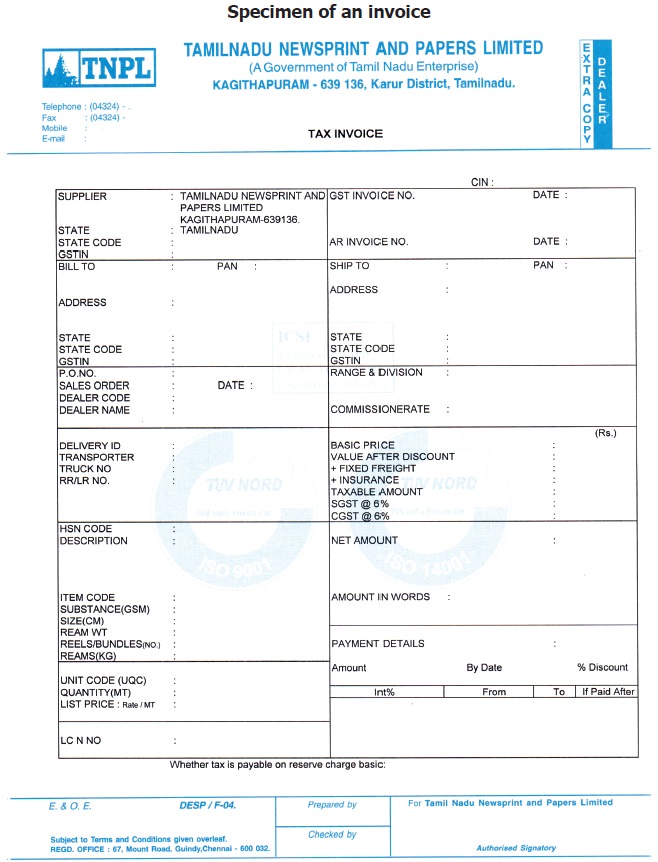
(iii) Debit note
A buyer may
return the goods to the seller in various situations such as when goods are
defective or damaged, goods do not meet the specifications, etc. When goods are
returned by a buyer, the buyer prepares a debit note and sends it to the
seller. It contains details such as the description of the goods, quantity returned
and also their value. Two copies are prepared in general, one copy is sent to
the seller and another one is retained by the buyer. It is a document issued by
a buyer stating the amount owed by the seller. A debit note is also called as
debit memo.
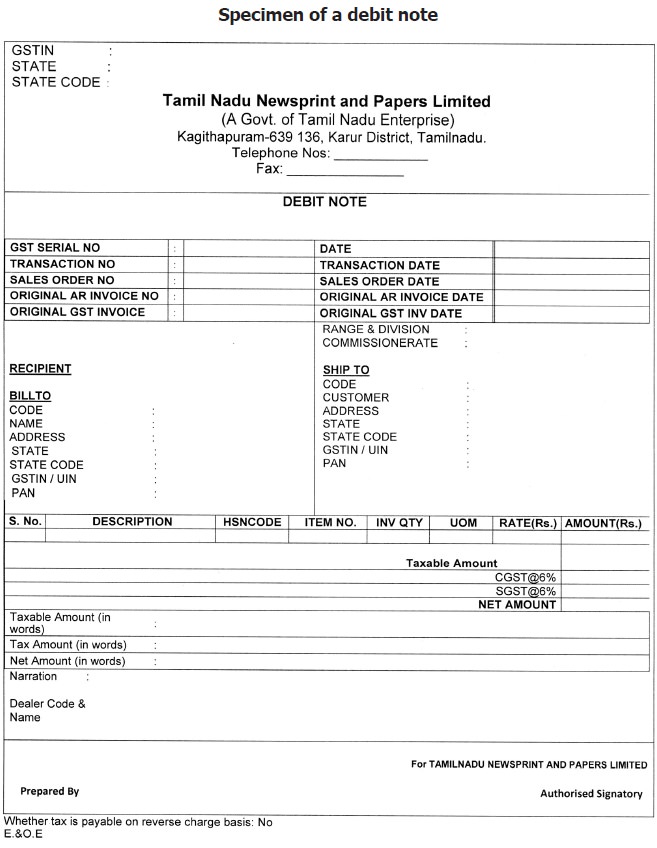

(iv) Credit note
It is a
statement prepared by the seller who receives back from his customer the goods
sold. It contains details such as the description of the goods, quantity
returned and also their value. It is a document sent by a seller to the buyer,
stating that a certain amount is owed to the buyer. It is also called as credit
memo.
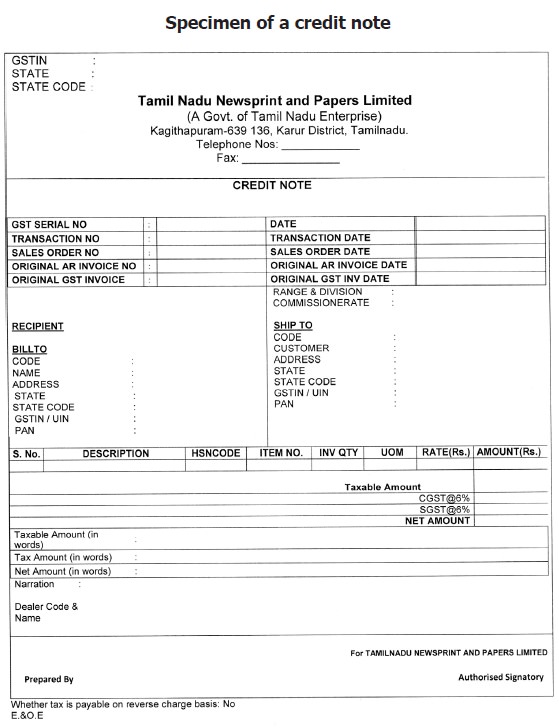
(v) Pay-in slip
When cash or cheque is deposited in bank, a form is
to be filled by a customer and submitted to the banker along with cash or
cheque. This is called as pay-in slip or deposit slip. The main part of this
will be retained by the bank and the counterfoil duly stamped and signed by the
banker is returned to the customer.
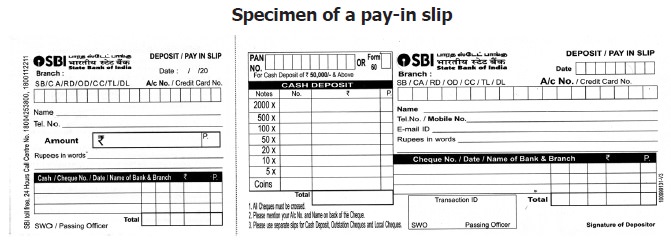
(vi) Cheque
Cheque is a
negotiable instrument. Cheque book is issued by a bank to its customers for
withdrawing money for own use or for making payment to others. By issue of
cheque, a bank is directed to pay a specific amount of money from a person’s
account either to the same person or to the person in whose favour the cheque
has been issued. Each cheque book has record slips for entering the details of
cheques issued. It remains with the account holder for future reference.
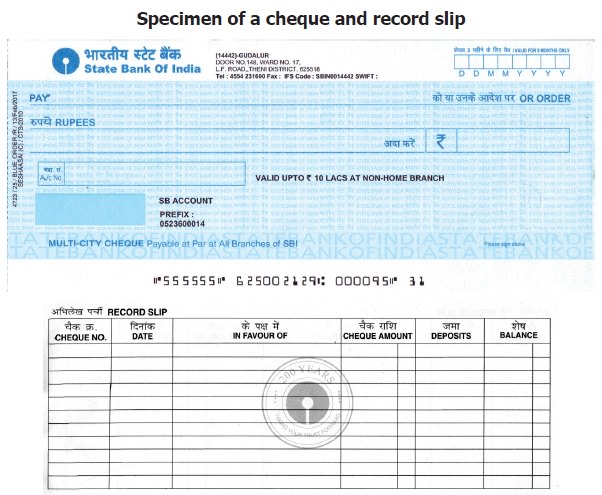

Related Topics